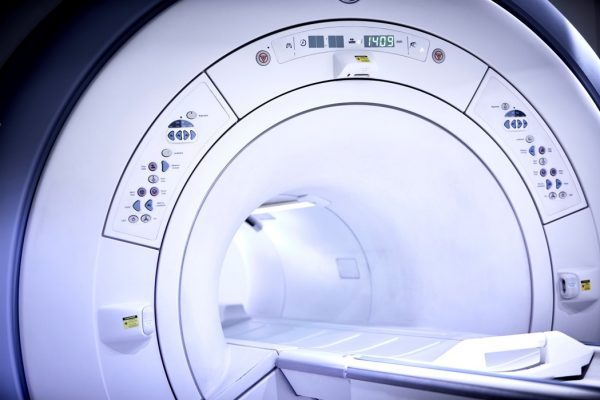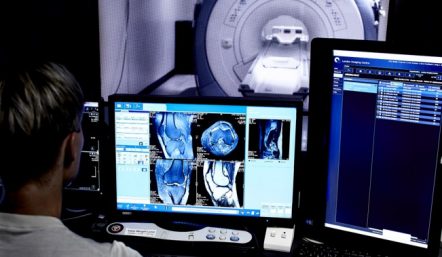Claustrophobia and MRI: what we do to help

9 ways in which we help claustrophobic MRI patients
Posted on Thu May 16, 2019
It is a natural human instinct to be a little cautious of new and unfamiliar experiences. An MRI scan is, to many people, completely uncharted territory, which does bring with it some natural anxiety. The vast majority of patients who visit Oryon Imaging are able to go through with their scan with no problems; however, a small number of visitors express concern about their MRI scan due to claustrophobia.
The NHS estimates that claustrophobia will affect between 10% and 30% of the UK population. However, our figures show that in 2022, only 0.41% of our patients were unable to go through with their scan due to claustrophobia. We must be doing something right!
“You are always able to exit the scanner in a matter of seconds”
Read on to find out how we make sure our patients leave their appointment stress-free and happy.
Where’s your head at
An MRI scanner is a short tube that is open at both ends. During your scan, you will lie on the MRI couch, which will slide you into the scanner.
If you are having a knee or foot scan, and are over a certain height, your head may not even go near the scanner!
However, if you are shorter than a certain height, or your scan is higher up on your body, it is likely that your head will be at least partially under the scanner. Some people might find this thought daunting or unpleasant.
However, there are a number of ways that your concerns can be alleviated.

If you are having an MRI scan and might be claustrophobic, remember the following details:
1. The MRI scanner is open at both ends and is located in a spacious room
Many of our patients mention how much this helps reduce the feeling of being enclosed.
2. The radiographer is always in contact
The radiographer provides regular updates on how much time is left in each scan, and regularly checks in to see if everything is alright. All our radiographers have carried out thousands of scans, so they know exactly how to deal with patients with worries or fears.
3. Call bell
You will be given a call bell to hold for the duration of the scan. If, at any point, you need to stop the scan, simply squeeze the handheld call bell and the radiographers will immediately check in to see what the problem is. You can be withdrawn from the scanner in seconds if need be.
4. Sliding in and out of the scanner
Many patients have a fear of enclosed spaces, and of being trapped. If you have this fear, we are very happy to slide you in and out of the scanner a few times to show you that you are always able to exit the scanner in a matter of seconds.
5. Sedatives
You may wish to take a mild sedative before the scan. This does not put you to sleep, but rather relaxes you enough to control your nerves and put you at ease for the scan. If this is a route you wish to take, contact your referrer/GP to request a prescription for sedatives.
6. Accompaniment
Many people feel far more comfortable when a friend or relative accompanies them in the scanning room. The friend or relative will have to fill out a form to accompany you in the MRI room.
7. Headphones
Headphones or earplugs are always provided due to the noise of the machine. If you wish, you can listen to music of your choice through the headphones during some scans. You can also request an eye mask if you think it will help.
8. Mirror
In many cases, a mirror can be provided so that you can see out of the scanner, which reduces the feeling of being enclosed.
9. Pre-scan visit
If you wish to see the MRI scanner before your appointment, a pre-scan visit can be arranged, where you can ask questions and take a quick tour of the machine. Patients often find that this helps with any nerves on the day of the appointment.
If you have any questions, please call or email our friendly Bookings Team.
Share this article
Most Recent
All you need to know about getting a private chest X-ray
Posted on Thu Feb 22, 2024
Posted on Wed Jan 17, 2024
Posted on Mon Dec 18, 2023
Stay up to date
If you’re interested in keeping up with what we’re doing, just leave your email address here and we’ll send you periodic newsletters and other updates.





